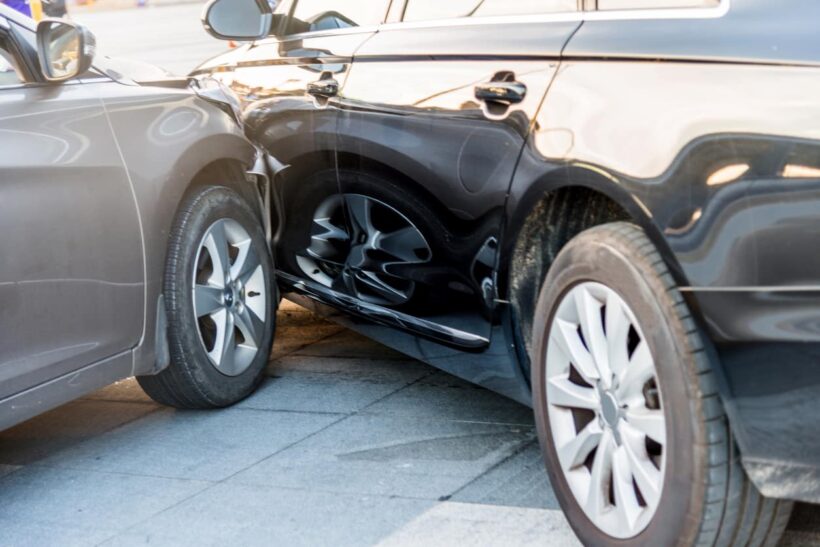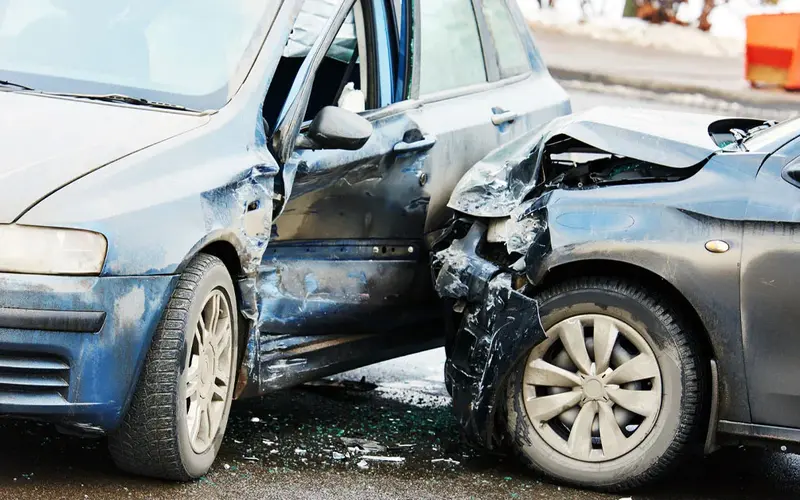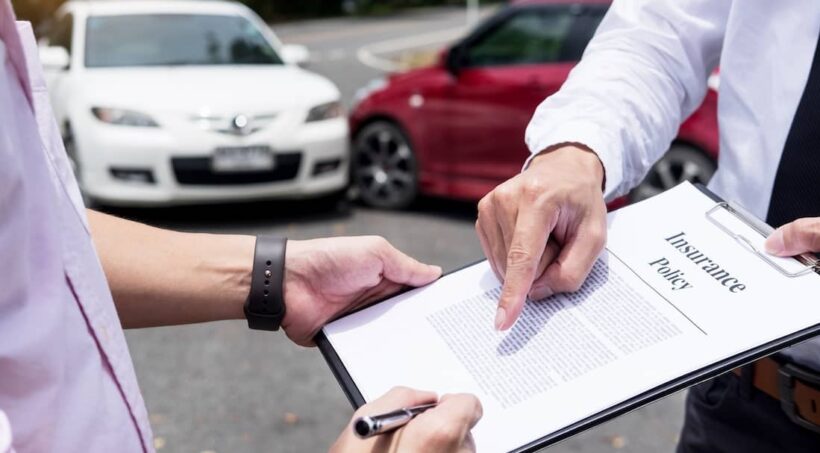T-bone collisions, also known as side-impact crashes, are some of the most dangerous types of car accidents. They occur when the side of one vehicle is struck by the front or rear of another, forming a “T” shape. This article delves into T-bone collisions’ causes, consequences, and legal implications, providing valuable insights for understanding these traumatic events.
Understanding T-Bone Collisions

A T-bone collision typically happens at intersections and involves significant force being applied to the side of a vehicle. This type of crash is particularly hazardous due to the limited protection the side of a car provides compared to the front or rear.
These accidents frequently occur at intersections where one vehicle fails to yield the right of way. They can also occur in parking lots and when drivers lose control and slide sideways.
Causes of T-Bone Collisions

Familiar yet hazardous type of traffic accident, arise from various factors. Understanding these reasons is vital for both prevention and legal accountability. This section explores the primary reasons behind side-impact crashes, including driver behavior and environmental factors, providing insight into how these devastating accidents occur.
- Failure to yield: One of the main reasons behind is a driver’s failure to yield the right of way, often at traffic lights or stop signs.
- Distracted driving: Engaging in activities that divert attention from the road, like texting or adjusting the radio, can lead to a driver missing crucial traffic signals, resulting in a side-impact crash.
- Speeding: Excessive speed reduces a driver’s reaction time and can contribute to the severity of a T-bone collision.
- Impaired driving significantly impairs judgment and reaction times, increasing the risk of causing a T-bone collision.
Consequences of T-Bone Collisions
The impact extends far beyond the immediate moment of impact. This section delves into the wide-ranging consequences of these accidents, covering the physical, emotional, and financial toll they can take on victims. From severe injuries to psychological trauma and property damage, we examine the multifaceted repercussions that survivors often face.
- Physical injuries: Occupants on the struck side of a vehicle are particularly vulnerable. Injuries can range from broken bones and lacerations to extremely severe injuries like TBIs or spinal cord damage.
- Vehicle damage: The impacted vehicle often sustains significant damage, particularly to the doors and side panels. This can lead to overpriced repairs or total vehicle loss.
- Psychological impact: Victims o may experience psychological trauma, including anxiety, PTSD, and a fear of driving.
Legal Implications of T-Bone Collisions
Navigating the aftermath of a T-bone collision involves complex legal considerations. This section discusses the various legal implications that arise, including fault issues, insurance claims, and potential litigation. It highlights the challenges victims may encounter in the legal system and the importance of understanding one’s rights and responsibilities following such an accident.
In the wake of a T-bone collision, the help of a skilled law firm becomes invaluable, according to a car accident lawyer in Indianapolis. This section outlines the critical role these legal professionals play in representing victims.
- Expert guidance: Navigating the aftermath of a T-bone collision can be overwhelming. An experienced car accident lawyer provides expert guidance through the legal process.
- Evidence collection: Lawyers play a crucial role in collecting and preserving evidence, such as traffic camera footage, witness statements, and accident reconstruction reports.
- Determining fault: Establishing fault can be complex. A car accident lawyer is often needed to navigate the legal intricacies, gather evidence, and represent the victim’s interests.
- Filing insurance claims: Filing insurance claims in these accidents requires a detailed understanding of policy terms and state laws. Legal assistance ensures that victims receive fair compensation for their damages and injuries.
- Negotiation with insurance companies: Skilled attorneys negotiate to ensure victims receive the compensation they deserve.
- Civil litigation: In cases where insurance does not cover all damages or when the at-fault party is uninsured, civil litigation may be necessary. This involves filing a lawsuit to recover additional compensation.
- Criminal charges: If the collision resulted from illegal activities like DUI or reckless driving, criminal charges against the at-fault driver might be pursued.
As you can see, from collecting evidence to dealing with insurers and advocating in court, a dedicated attorney can help secure fair compensation and justice for those affected by these traumatic incidents.
How Are You Tackling T-Bone Injuries from a Legal Standpoint?

T-bone collisions are complex events with severe consequences. Understanding their causes, outcomes, and legal implications is crucial if you’re involved in such an accident. The role of a car accident lawyer is invaluable in these situations, offering guidance, support, and expertise to navigate the challenging path to recovery and compensation. Individuals can better protect their rights and well-being by recognizing the risks and knowing the steps following a T-bone collision.
Preventing T-Bone Collisions
T-Bone collisions are highly dangerous, but they can often be prevented through cautious driving and awareness of common risk factors. This section provides valuable tips and insights on how drivers can reduce the likelihood of being involved in a T-bone collision. By understanding the preventive measures, individuals can contribute to safer roads and fewer accidents.
Safe driving habits: Always obey traffic signals, stop signs, and right-of-way rules. Be attentive and avoid distractions, such as texting or using a smartphone while driving.
Intersection awareness: Approach intersections with caution, especially when the light changes to green. Look for any vehicles that may be running a red light or failing to yield.
Defensive driving: Anticipate the actions of other drivers and be prepared to react quickly. Defensive driving techniques can help you avoid potential side-impact crashes caused by the negligence of others.
Insurance Considerations After a T-Bone Collision

Dealing with insurance matters after a T-bone collision can be overwhelming and confusing. This section provides a straightforward overview of the steps individuals should take when navigating the insurance process. It offers practical advice on how to file a claim, communicate with insurance companies, and protect one’s interests following an accident.
Prompt reporting: After a T-bone collision, promptly report the incident to your insurance company. Provide accurate and detailed information about the accident to initiate the claims process.
Gather evidence: Document the scene by taking photos of the vehicles, damage, and any visible injuries. Collect witness information and obtain a copy of the police report if applicable.

